 |
[ Outlaw Genealogy | Bruce
History | Lost Chords ] [ Projects | News | FAQ | Suggestions | Search | HotLinks | Resources | Ufo ] |
 |
[ Outlaw Genealogy | Bruce
History | Lost Chords ] [ Projects | News | FAQ | Suggestions | Search | HotLinks | Resources | Ufo ] |
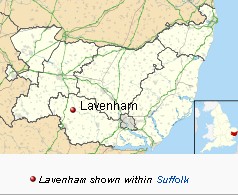 Lavenham,
Suffolk, UK - Like many East Anglian settlements, Lavenham
was home to an American
Air Force base during World
War II USAAF
Station
137 was manned by the US Army Air Force 487th
Bombardment Group between 1943 and 1945. The airfield
has since been returned to arable
farmland, though some evidence of its structures and buildings remains.
Lavenham,
Suffolk, UK - Like many East Anglian settlements, Lavenham
was home to an American
Air Force base during World
War II USAAF
Station
137 was manned by the US Army Air Force 487th
Bombardment Group between 1943 and 1945. The airfield
has since been returned to arable
farmland, though some evidence of its structures and buildings remains.
Lavenham is very close to Thetford forest and the other RAF base Knettishall
RAF Knettishall - is a former World War II airfield in England. The field is located 6 miles SE of Thetford in Suffolk between the villages of Knettishall and Coney Weston, which lies to the south. This location is on the southern side of the Little Ouse Valley and bordering the area of heath and forest known as the Breckland.
Knettishall was one of several stations in East Anglia which was associated with a single Eighth Air Force unit for the whole of its operational period. It was assigned USAAF designation Station 136
How very appropriate to have "The Outlaw" there in Suffolk. I don't know how they got the name of the plane. Possibly that "The Outlaw" film came out in 1943 with Jane Russell in February 1943 before they stationed in England in Sept. 1943.
"The Outlaw" was "the picture that could not be stopped", so maybe they were thinking it would be the same for the plane!
Although the movie was completed in 1941, it was only released to a limited showing two years
later (1943). It didn't see a general release until 1946. The delay was a result of Hughes defying the Hays Code, which set the standard of morally acceptable content in motion pictures. By showcasing Jane Russell's breasts in both the movie and the poster artwork, The Outlaw became one of the most controversial pictures of its time. Hughes even created a new type of bra just for this movie.
Release date: February 5, 1943 - So the plane maybe referring to the film.
Plot: The film revolves around a fictional relationship between Doc Holliday and Billy the Kid and their feud over a woman called Rio. The film also includes the Kid's nemesis Pat Garrett
The Outlaw - B-17 of the 838th Squadron
Pilot Eugene T. Wolfenberger (L), Copilot John Pierre "Pete" Packer
(R)
Click here
for additional photo of The Outlaw #43-39034
(Photo from Deborah Wolfenberger, Eugene's wife, provided to us by Dirk Vander
Hulst)
487th Bomb Group (H)
Station 137 - Lavenham, Suffolk, UK
22-Sep-43 to 7-Nov-45
Notice the Templar symbols and the Wolves in Norfork:
RAF_Seething - is a former World War II airfield in England. The field is located 9 miles SE of Norwich in Norfolk.
The airfield was opened on 1 December 1943 and was used by the United States Army Air Force Eighth Air Force 448th Bombardment Group (Heavy). The 448th arrived from Sioux City AAF Iowa and was assigned to the 20th Combat Bombardment Wing. The group tail code was a "Circle-I". It's operational squadrons were:
The 448th flew B-24 Liberators as part of the Eighth Air Force's strategic bombing campaign. The group enered combat on 22 December 1943, and until April 1945 served primarily as a strategic bombardment organization, hitting such targets as aircraft factories in Gotha, ball-bearing plants in Berlin, an airfield at Hanau, U-boat facilities at Kiel, a chemical plant at Ludwigshafen, synthetic oil refineries at Politz, aircraft engine plants at Rostock, marshalling yards at Cologne, and a Buzz-bomb assembly plant at Fallersleben. The group took part in the intensive campaign of heavy bombers against the German aircraft industry during Big Week, 20–25 February 1944.
In addition to strategic operations, flew interdictory and support missions. Bombed V-weapon sites, airfields, and transportation facilities prior to the Normandy invasion in June 1944, and on D-Day attacked coastal defenses and choke points. Struck enemy positions to assist the Allied offensive at Caen and the breakthrough at Saint-Lô in July. Dropped supplies to airborne troops near Nijmegen during the airborne attack on Holland in September. Bombed transportation and communications centers in the combat zone during the Battle of the Bulge, December 1944 - January 1945. Dropped supplies to troops at Wesel during the airborne assault across the Rhine in March 1945.
The group flew its last combat mission on 25 April, attacking a marshalling yard at Salzburg. It returned to Sioux Falls AAF South Dakota the US in July 1945.
After the war, the field was closed in 1945.
Bases of the 8th and 9th USAAF, the RAF and others in Britain
Wendling, Station 118: 4 m W of East Dereham, 392nd (576/577/578/579 BS) Bomb Group (B24H Liberators), now: some building remains, memorial obelisk, turkey farm
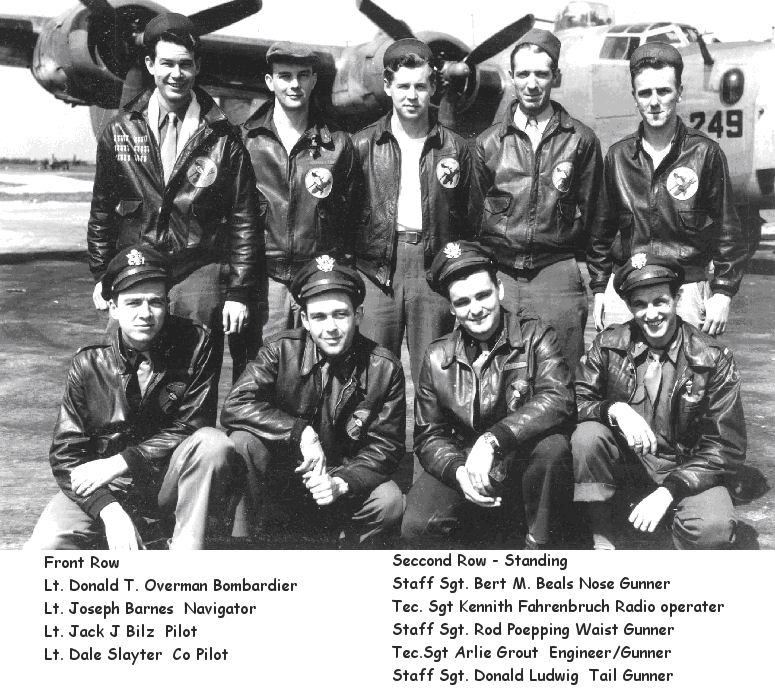
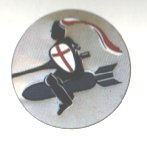 Wendling is a tiny scattered village west of
East Dereham. Its name is definitely Saxon, as there is also a Wendling in northern Germany.
Wendling is a tiny scattered village west of
East Dereham. Its name is definitely Saxon, as there is also a Wendling in northern Germany.
At the southern access to the neighbouring village of Beeston there is a fine memorial to crews of several bomber and fighter groups of the 8th USAAF stationed here during WW II. The runways are still visible, and turkey sheds line the old runways at their eastern ends.
Wendling - 392nd BG Base in 1943 - 1945
Wendling is situated in the heart of rural Norfolk, England and sits in an area of intensive farmlands and small villages. Work on building the airfield began in the early 40's. The airfield was specially constructed for USAAF use to house 2,800 men in the Nissen huts surrounding the village of Beeston, which then had a very small population of about 400 people. It wasn't until early August 1943 that its new tenants began to arrive. With the heavy arrival of the 392nd Bombardment Group, this small rural area was suddenly transformed into a hive of activity.
The 392nd arrived in early August 1943, and their first mission from Wendling took place on 9 September 1943, so little time was spent getting acquainted with the surrounding areas. When downtime did come for the soldiers, local towns and villages became very popular. The local pubs and lasses were especially popular, and being in such a rural location, the favourite mode of transportation was the bicycle. Although on many occasions, the mixture of blackouts, bicycles and beer resulted in many "mishaps" around Wendling and all of the other bases. Locals quickly became accustomed to having the "Yanks" as part of the communities. Ingenious locals soon latched onto the money these new found friends had and promptly set up various "businesses."
A common business was laundering uniforms for the "Yanks." A classic story from a villager at Beeston tells how the locals would steal the GI's issue bicycles while they were happily drinking a few warm ones in the pubs. These were then sold back to the airmen who were in need of transportation, not realizing they were buying what was theirs in the first place!
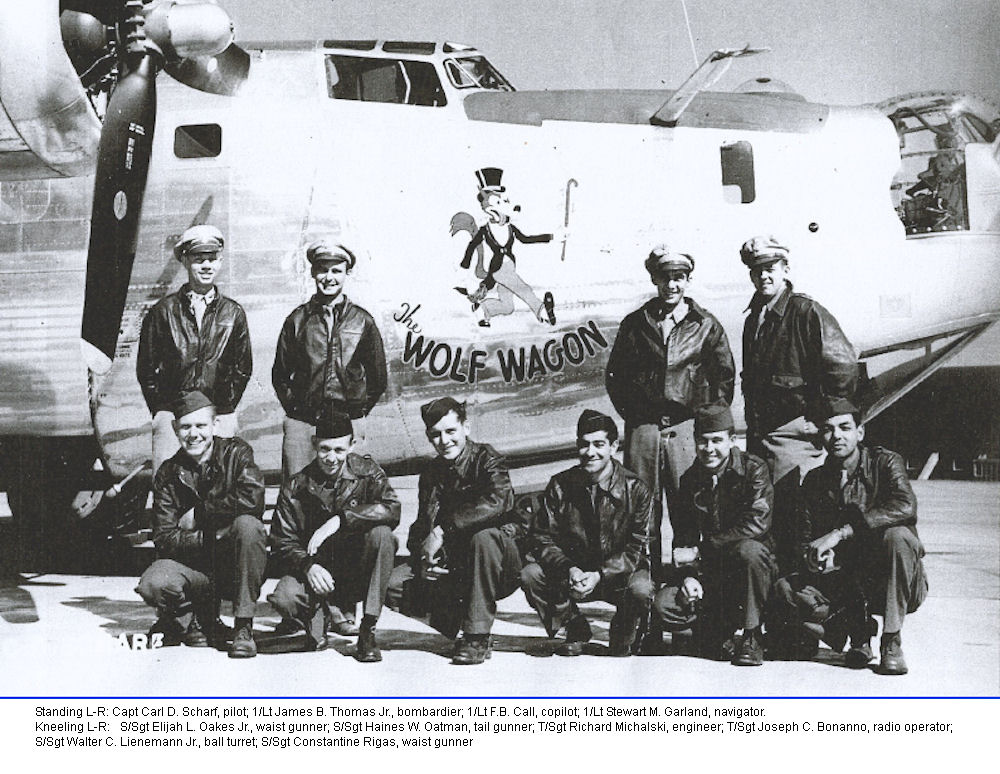
James “Jimmy” Stewart Norfolk's American Connections
In December, the 445th Bomb Group transferred to Tibenham in Norfolk, and immediately began combat operations. While flying missions over Germany, Stewart was promoted to major. In March 1944, he was transferred as group operations officer to the 453rd
Bomb Group, at Old Buckenham, a new B-24 unit that had been experiencing difficulties. As a means to inspire his new group, Stewart flew as command pilot in the lead B-24 on numerous missions deep into Nazi-occupied Europe. These missions went uncounted at Stewart’s orders. His “official” total is listed as 20 and is limited to those with the 445th.
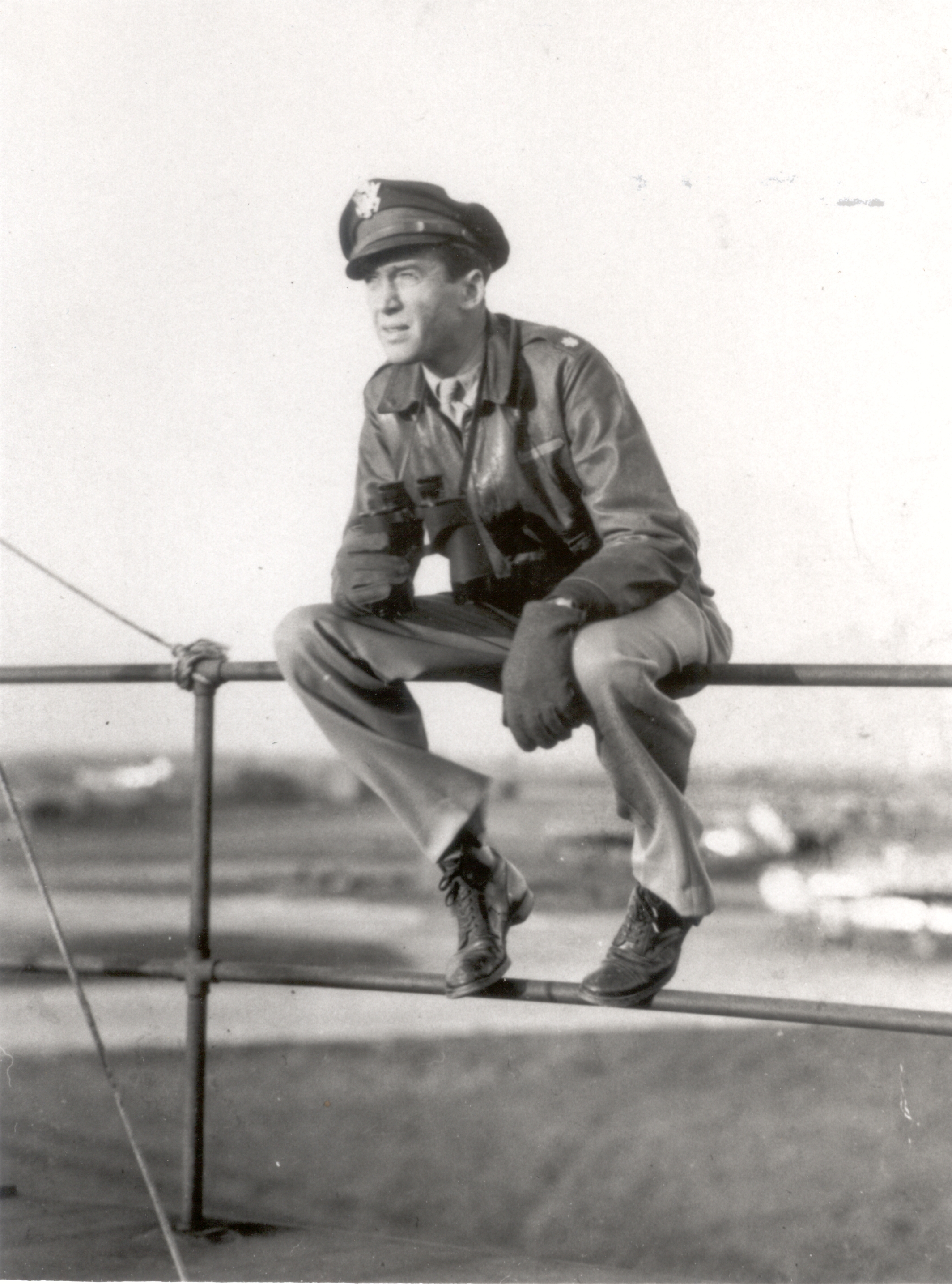
James Stewart - Image courtesy of the 2nd Air Division Memorial Library
collection
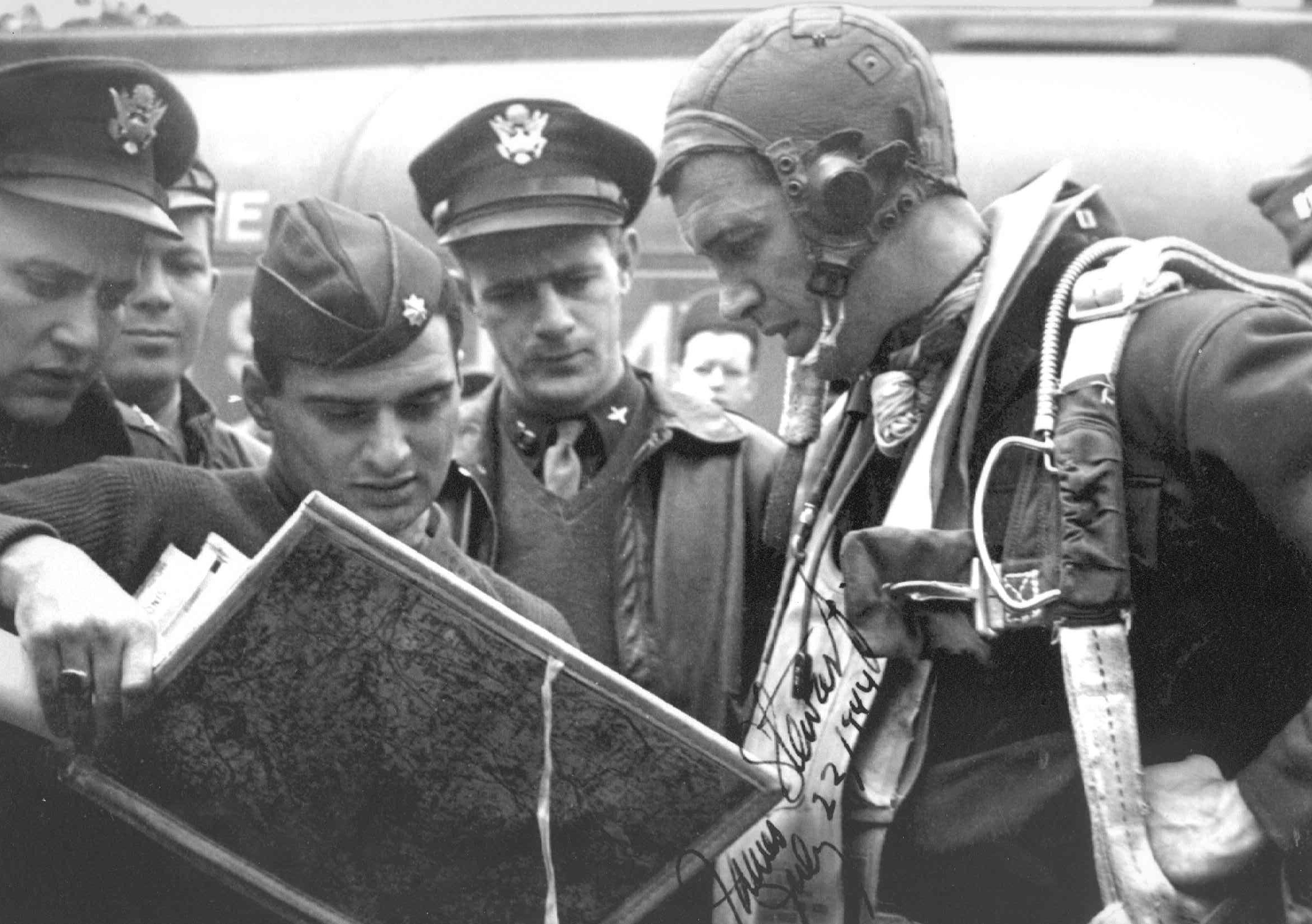
James Stewart discusses a mission Image courtesy of the 2nd Air Division Memorial Library collection
In 1944, he twice received the Distinguished Flying Cross for actions in combat and was awarded the Croix de Guerre. He also received the Air Medal with three oak leaf clusters. In July 1944, after flying 20 combat missions, Stewart was made Chief of Staff of the 2nd Combat Bombardment Wing of the Eighth Air Force, and though he was no longer required or expected to fly missions, he continued to do so. Before the war ended, he was promoted to colonel, one of the few Americans to rise from private to colonel in four years.